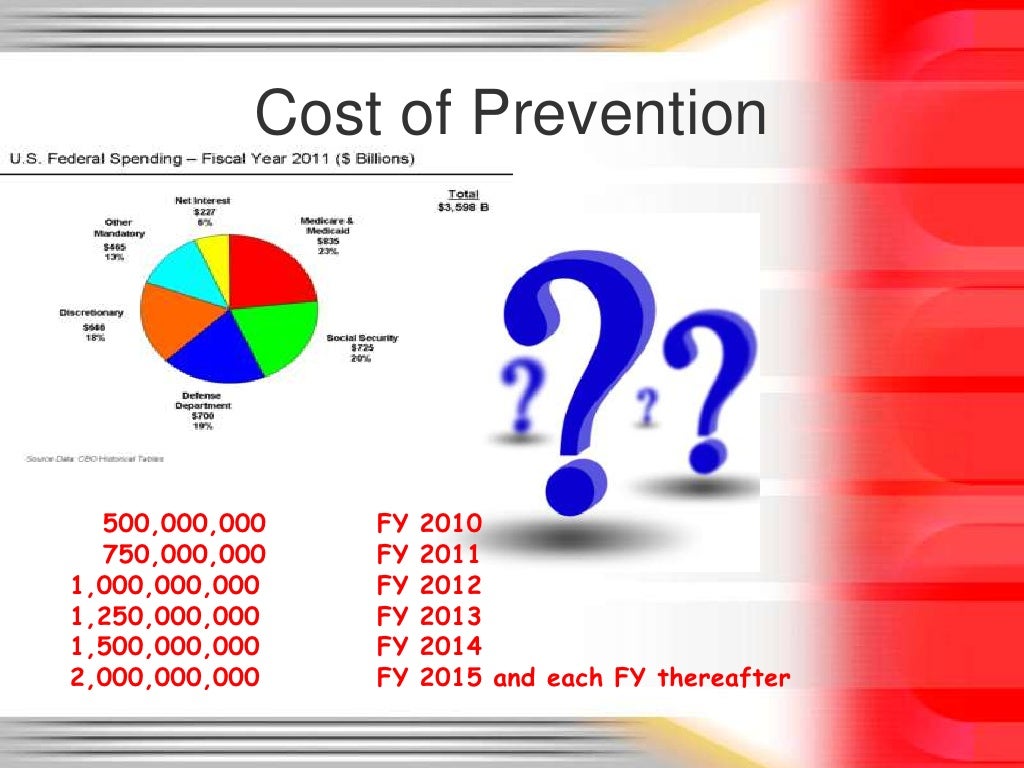Prevention Costs: Definition, Types, Importance, and Examples

This will be a prevention cost, as our intention is to establish a system to avoid problems from happening in the first place. Armand V. Feigenbaum first described the concept of the cost of poor quality in a 1956 Harvard Business Review article. The company sources high-quality materials from reputable suppliers to ensure the bicycle’s components meet their standards. They also regularly check incoming supplies to ensure they meet the company’s quality requirements.
How Can Companies Measure the Effectiveness of Their Prevention Costs?
It can be used at any stage of product development, from design and testing to production and delivery. The important thing is that the concept is being used as part of an overall strategy for quality and customer satisfaction, and not as a stand-alone evaluation. Lean Six Sigma prevention cost analysis (PCA) is an important tool that can help businesses prevent costly mistakes and improve their bottom line. By taking the time to analyze the potential costs of problems before they occur, businesses can make better decisions and avoid some of the pitfalls that can damage their profitability. This article will explore the benefits of Lean Six Sigma PCA and explain why it is relevant to businesses.
Products
The company conducts regular customer satisfaction surveys to gather product and service feedback. The surveys help the company identify any areas for improvement and make necessary changes to its production tax day party process. This ultimately translates to substantial savings and competitive advantage for businesses. Adopting a culture of continuous improvement is key to minimizing quality costs on an ongoing basis.
Other Business

Advancements in technology have allowed for the automation of many processes, making it easier and more cost-effective to implement prevention measures. Establishing accountability is crucial for the effective implementation of prevention costs. Individuals should be responsible for implementing preventive measures and ensuring their effectiveness. Accountability can be established through performance evaluations, incentives, and recognition programs.
The advent of new technology can significantly impact a company’s operations, leading to the need for new prevention cost strategies or changes to existing ones. For instance, new technology can improve production processes, reducing errors and waste and impacting the company’s prevention cost strategies. On the other hand, excessive prevention costs can lead to a culture of overcaution and excessive bureaucracy, slowing decision-making and creating unnecessary delays. For example, if quality control measures require extensive paperwork and approvals, employees may spend more time on administrative tasks than on their primary responsibilities.
Prevention costs are incurred before defects occur, while appraisal costs are incur after the production or service delivery process. They help reduce the likelihood of defects, improve processes, and lower long-term quality-related costs by addressing potential issues before they arise. In summary, there are several approaches that companies can take to reduce the cost of prevention. These include implementing quality control procedures, investing in research and development, utilizing predictive analytics, and strengthening internal systems. There are prevention cost (described above) and appraisal costs (Similar to prevention cost. These are all expenses that are incurred to avoid quality problems. These are quality inspections).
- On the one hand, investing in prevention measures can signal to employees that the company values quality and takes pride in its products or services.
- Quality issues can significantly impact a company’s profitability and reputation.
- When a company invests in employee training and development, it creates a skilled workforce that can deliver quality products and services.
- Finally, companies must review and revise their prevention cost strategies regularly to ensure they remain relevant and effective in a rapidly changing business environment.
This will be a prevention cost, as the quality management system and inspection procedures help us avoid quality problems. This will also be a prevention cost, as the training is being delivered to avoid or prevent poor quality. It costs less than fixing mistakes after they happen, which can lead to lost revenue, brand damage, or customer dissatisfaction — all things to avoid. Technology has made it easier and more cost-effective to provide training and development opportunities to employees. The company invests in regular inspections of its bicycles to ensure that they meet its quality standards.
Analyzing quality costs over time instead of a single snapshot better indicates progress. Quality cost data can be tracked periodically to identify trends and correlate quality initiatives to their financial impact. While it isn’t unusual to find participants who can quantify their costs of poor quality, few have accurate data for their prevention and appraisal costs.
Building a brand like that is the outcome of its constant investment in the cost of quality, including the prevention cost. Companies can reduce downtime and improve workflow by ensuring that processes and equipment function properly, allowing employees to focus on their primary tasks. Developing and implementing internal policies and protocols helps establish clear expectations and guidelines for staff. This can help prevent errors and mistakes by providing employees with a clear understanding of what is expected of them. Protocols can include standard operating procedures, checklists, and guidelines.
